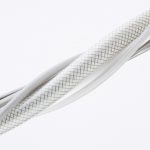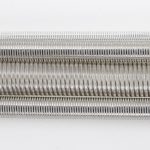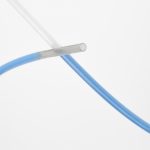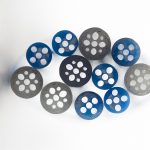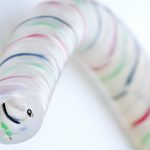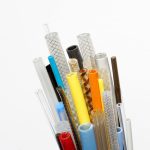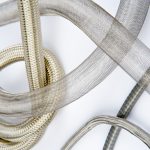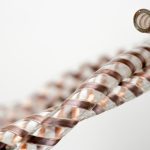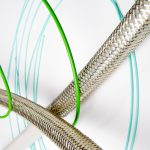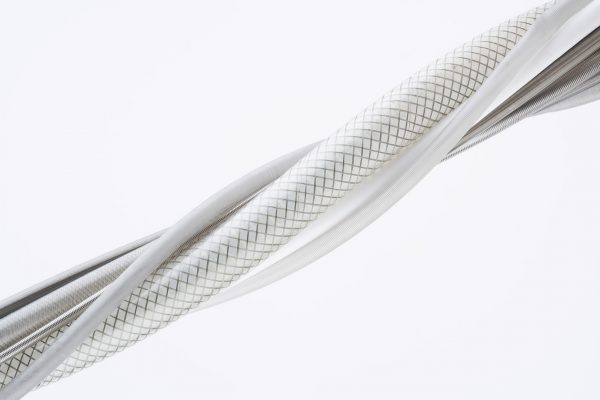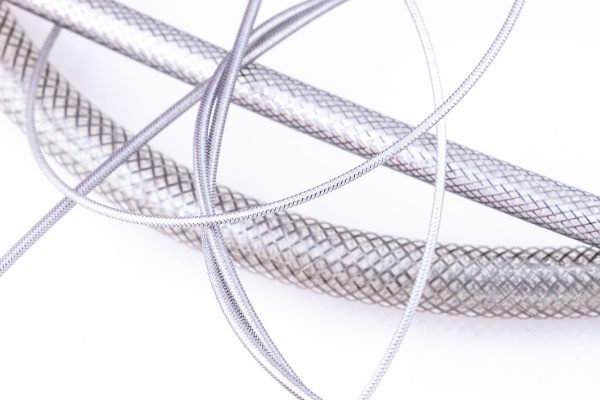The manufacturing tools and fabrication techniques used to produce medical tubing have become extraordinarily exacting and complex. That complexity is driven by the many applications in which tubing is used. Each application requires tubing that meets a particular set of specifications, and manufacturing methods are evolving to meet those specs and produce ever more elaborate designs.
For instance, with tubing as small as 1FR (0.33 mm), inner diameters as small as 0.075 mm, and wall thicknesses that can be as thin as 0.025 mm, designing tooling to work with such small dimensions is challenging. However, as 3-D printing has improved in recent years, it is speeding the design and fabrication of tooling, reducing time to market for the final products, and enabling more intricate designs.
Another trend becoming more noticeable is the customer’s requirement for very low coefficients of friction either on the inside diameter of the tubing, the outside surface, or both. Low friction tubing allows a surgeon to more easily slide it into a reinforced tubing, or to slide a device inside the tube itself. Adjustments to the manufacturing processes incorporate additives into the base polymer material, which is often PEBAX®.
Even more fascinating, polymers, unlike glass or copper tubing, are permeable to a certain degree. For many years pharmaceutical companies have encapsulated drugs in a variety of polymer materials that deliver the drug over a period of time by slowly degrading within the body and being removed via normal metabolic processes. Such polymers have also been used in the ultra-filtration process of kidney dialysis. More recently though, journal papers have appeared that explore the permeability of polymers used for medical tubing and how it can provide a new method for sustained drug delivery. Once again, manufacturing processes and perhaps even skill sets may need to be adjusted to accommodate the specific polymers that meet permeability criteria.
Multi-lumen tubing presents its own set of manufacturing challenges, too. Lumen refers to the open space inside the tubing. As tubing is extruded, several lumens can be formed, and they can take on different geometries, as shown. Lumens are used to deliver or evacuate air or fluids, and they may serve as a conduit for stents, surgical devices, lights and cameras. This form of medical tubing has applications in urology, exploratory surgeries, endoscopy, borescopes and cardiology.
For example, the procedure required to replace the heart’s aortic valve would, in the past, have required open heart surgery. Today though, transcatheter aortic valve replacement is a minimally invasive procedure that delivers a low profile valve (using bovine or porcine valve tissue), usually via the femoral artery in the upper leg. The catheter containing the valve is inserted in the body, after which it is guided through to the heart where the valve is positioned and finally implanted inside the diseased aortic valve, which falls away. The catheter is then removed.
The march toward more complexity will continue as customers demand greater use of cross-sectional areas, which is what led to our eTubing® that builds signal and power conductors into the wall of the tubing. Increased customization and small diameters seems to be the direction medical tubing is heading, and it’s largely being driven by the move to miniaturization that’s needed for new types of minimally invasive surgeries.
